Polio epidemic spread throughout New York killing more than 2,300 mostly children
On Jun. 17, 1916, New York City experienced the first large epidemic of polio (poliomyletis), with over 9,000…
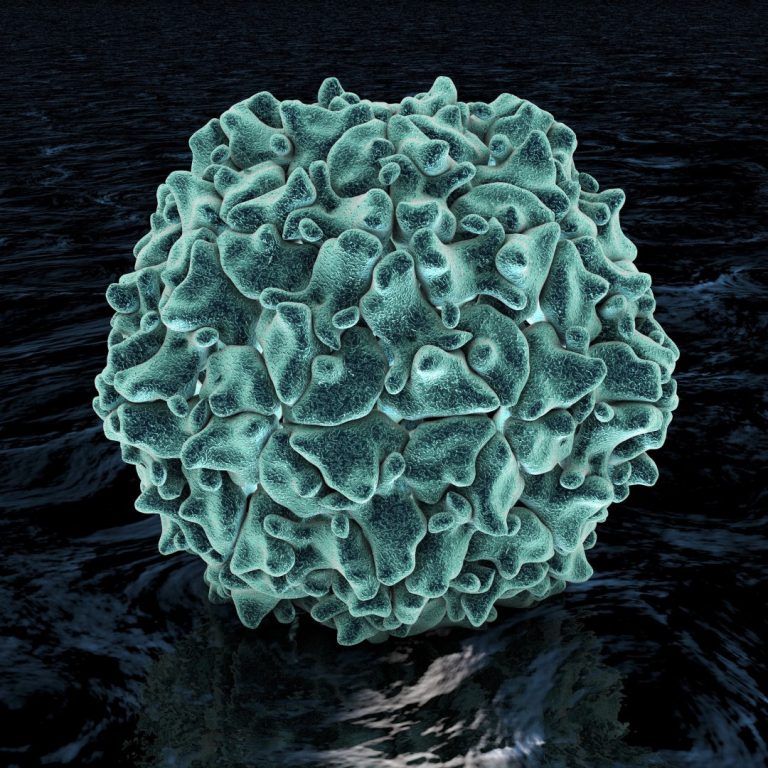
On Jun. 17, 1916, New York City experienced the first large epidemic of polio (poliomyletis), with over 9,000…
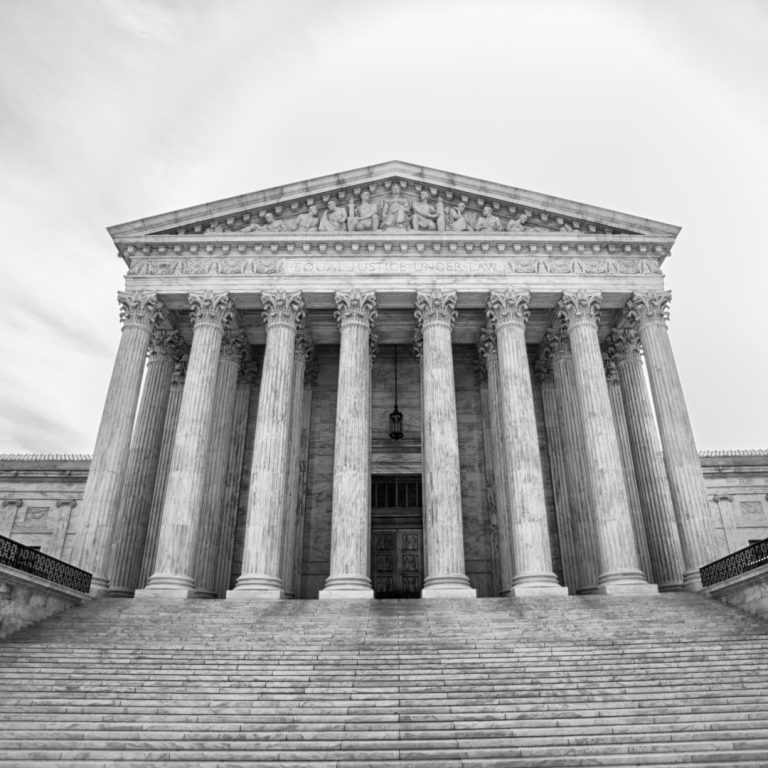
On Jan. 10, 1916, the U.S. Supreme Court ruled the Sherley Amendment to the Pure Food and Drugs…
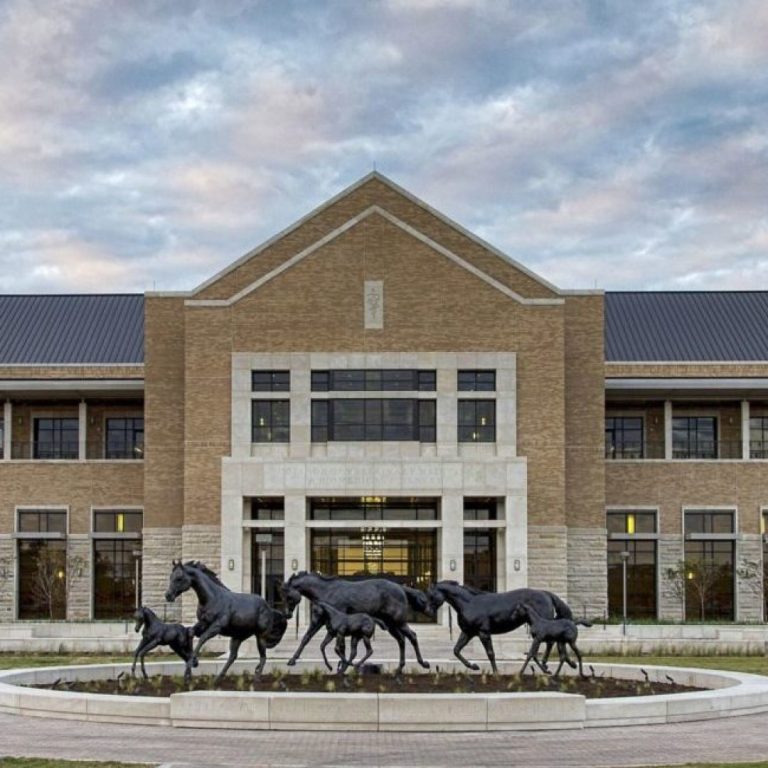
In 1916, the Texas A&M College of Veterinary Medicine & Biomedical Sciences (CVM) is an institution that represents…

In 1916, the Hancock Agricultural Research Station, a 412-acre vegetable research farm, was founded in central Wisconsin. The…

In 1916, Guillain-Barr syndrome (GBS), also known as Landry-Guillain-Barr-Strohl syndrome, was described. Its incidence in North America and…
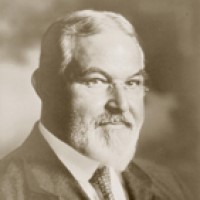
In 1916, George Harrison Shull accepted a professorship at Princeton University. At his instigation, Princeton University Press began…
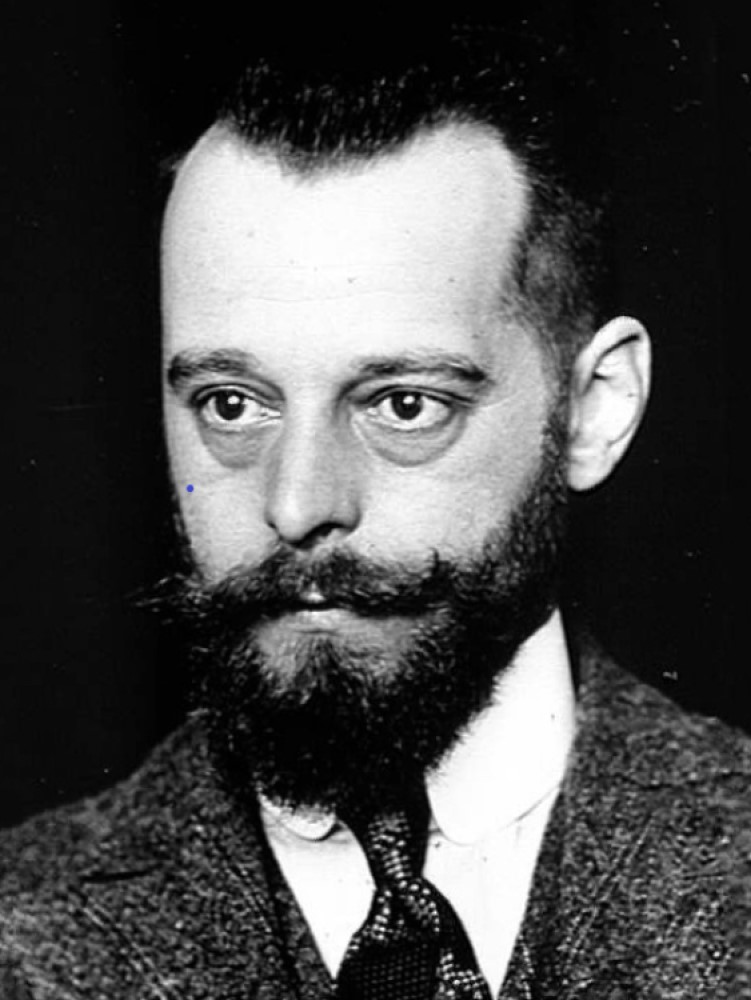
In 1916, French-Canadian bacteriologist Felix-Hubert D’Herelle discovered viruses that prey on bacteria and named them bacteriophages or bacteria…

In 1916, the first AACR publication, The Journal of Cancer Research, was launched in 1916. The journal was…
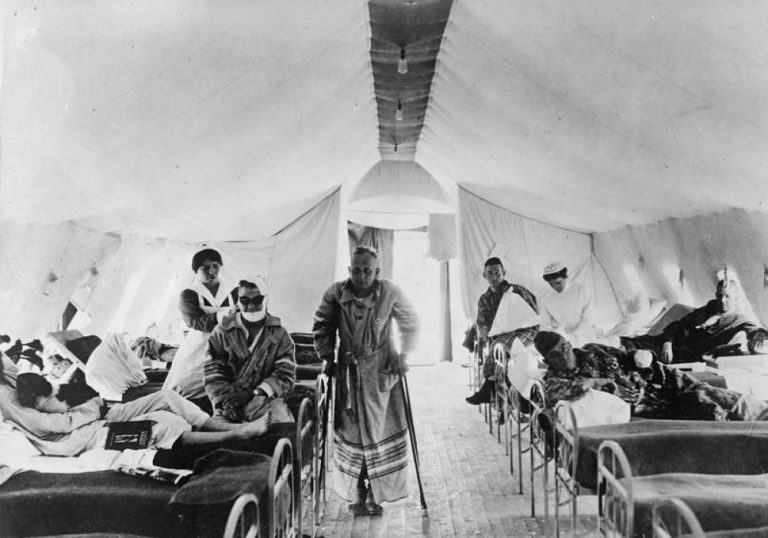
In 1916, During World War I, work by Hygienic Laboratory investigators changed the way smallpox vaccinations were administered…
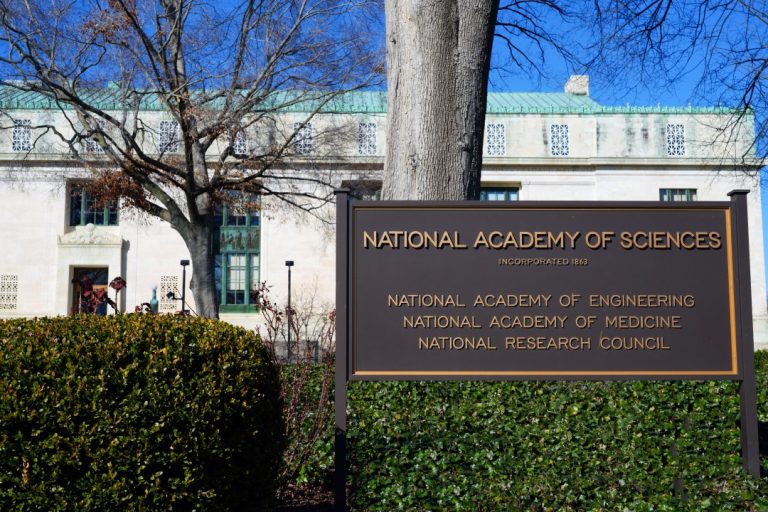
In 1916, the National Research Council (NRC) was created under the National Academy of Sciences (NAS) charter by…